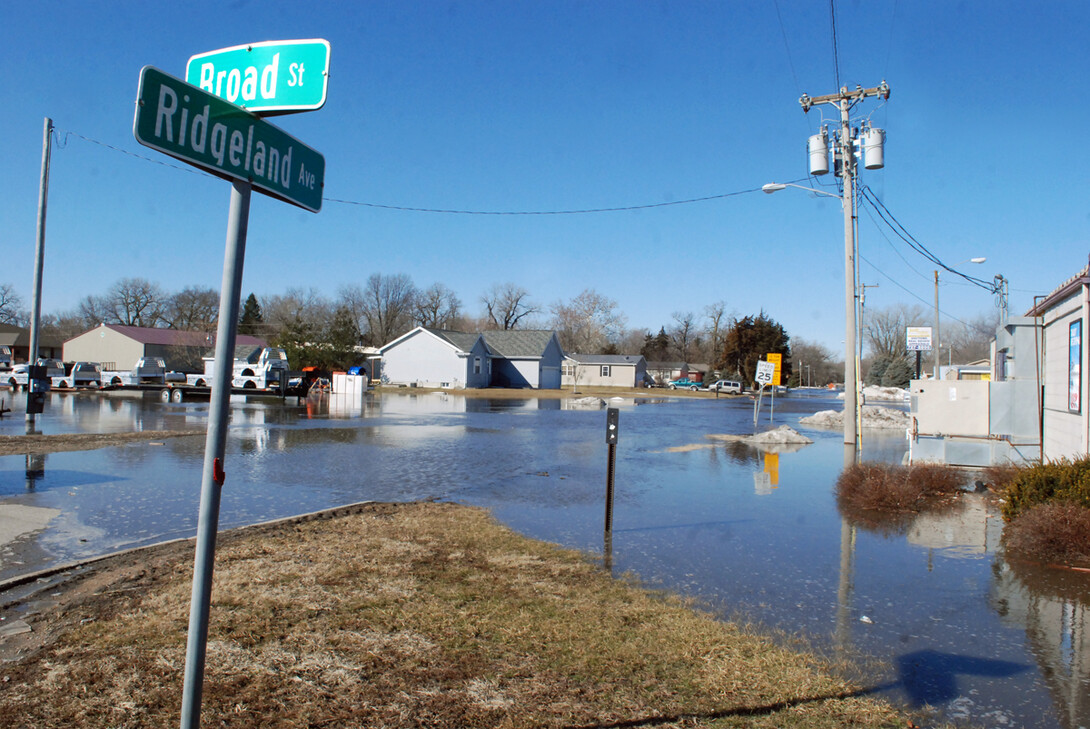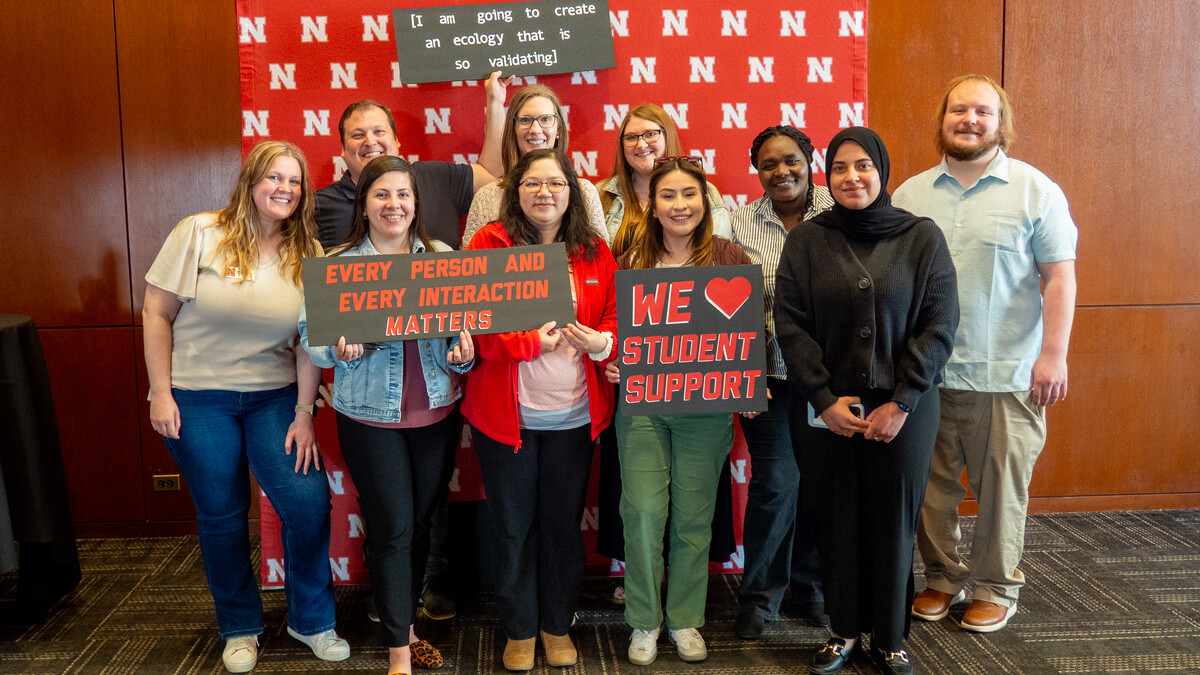
A majority of rural Nebraskans surveyed said their community was harmed by extreme weather events in 2019, according to the 2020 Nebraska Rural Poll.
Twenty-six percent of respondents to the Rural Poll — an annual survey of 7,000 rural Nebraska households conducted by the University of Nebraska–Lincoln’s Department of Agricultural Economics — reported their household was harmed either a moderate amount or a great deal by extreme weather in 2019, and 57% said their community was harmed at least a moderate amount. In addition, most respondents said their extended family and friends outside their community but living in Nebraska were impacted by extreme weather or natural disasters at least a moderate amount.
Impacts of the weather events were not uniform across the state, according to Becky Vogt, survey research manager for the Rural Poll. While those living in or near smaller communities were more likely to say their household was impacted at least a moderate amount, residents of larger communities were more likely to say their community was harmed at least a moderate amount. When viewing results by region, Panhandle residents were most likely to say their household was harmed at least a moderate amount, and residents of the Northeast region were most likely to say their community was harmed either a moderate amount or a great deal.
The perceived impact of extreme weather in rural areas may be related to rural Nebraskans’ strong ties to agriculture, said Brad Lubben, extension associate professor and policy specialist at Nebraska.
“City residents may not feel much impact or focus on weather unless it directly hits their home, community, occupation or activities, but for those involved in or connected to agriculture, weather is always front and center, affecting not just the day but the year’s production, as well,” Lubben said.
Rural Nebraskans experienced many different extreme weather events in 2019. Most rural Nebraskans said their household experienced extreme high winds (62%), and many experienced an extreme rainstorm (46%) or an extreme winter storm (42%). Similar proportions reported that their community also experienced these weather events. However, rural Nebraskans were more likely to report their community, rather than their household, experienced a flood (53% compared to 32%).
Certain regions of the state were more likely to have experienced different weather phenomena. Residents of the Northeast region were more likely than residents of other regions to have experienced a flood — both at their home and in their community. Forty-one percent of Northeast residents surveyed experienced a flood at their home, and 78% said their community experienced flooding. Panhandle residents were the regional group most likely to report their community experienced extreme high winds, drought or an extreme winter storm.
At least three in 10 rural Nebraskans surveyed reported minor or major impacts from the extreme weather events in the following areas: having to drive extra miles for shopping, damage to their house, and increased levels of anxiety and stress.
The personal impacts of extreme weather differed by community size, region and various demographic characteristics. Those living in or near smaller communities were more likely to report having to drive extra miles for work, school, shopping or health care. For example, 45% of respondents living in or near the smallest communities — those with 500 or fewer residents — reported having to drive extra miles for shopping because of extreme weather. By comparison, 16% of people living in or near the largest communities — those with 10,000 or more residents — said they had to drive extra miles for shopping.
Residents of smaller communities were also more likely to report receiving damage or losing economic activity to a non-farm business — 17% of people living in or near the smallest communities compared to about 6% of people living in or near communities with populations of 5,000 or more.
“The direct personal impacts of the weather events in general were around or below 30%, but nearly half of rural Nebraska felt the impact of the weather events psychologically, with increased levels of stress and anxiety,” said L.J. McElravy, associate professor of youth civic leadership at Nebraska. “The current COVID-19 pandemic and economic downturn may be hitting Nebraskans with higher-than-normal levels of stress and anxiety. The psychological resilience of rural Nebraska and their ability to bounce back from adverse events may not be as high as it would typically be.”
Residents of both the Panhandle and South Central regions were more likely than residents of other regions to report their homes were damaged as a result of extreme weather. Just over 40% of respondents living in these regions received at least minor damage to their house, compared to 17% of respondents in the Northeast region. Northeast residents were most likely to report that they evacuated their homes for a time as a result of extreme weather events — one in 10 Northeast residents compared to less than 1% of Southeast residents.
Farmers and ranchers were more likely to experience financial impacts from the weather events than those in other occupations. Forty-nine percent of farmers, ranchers and others who work in agriculture reported reduced household earnings or income.
Now in its 25th year, the Rural Poll is the largest annual poll of rural Nebraskans’ perceptions on quality of life and policy issues. The margin of error is plus-or-minus 2%. This year’s response rate was 33%. View complete results.







